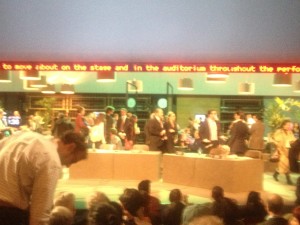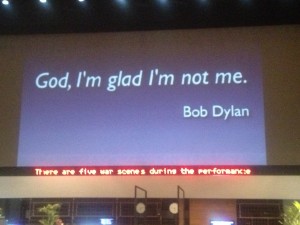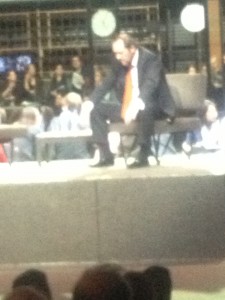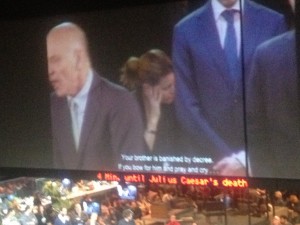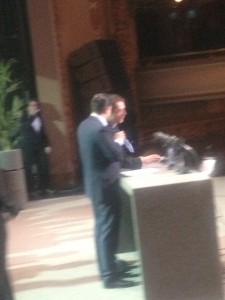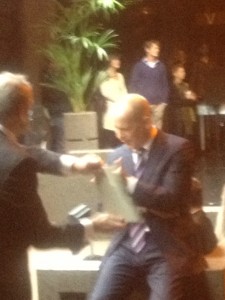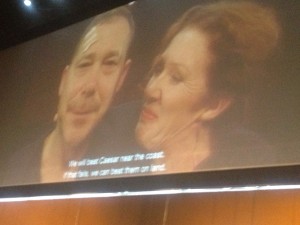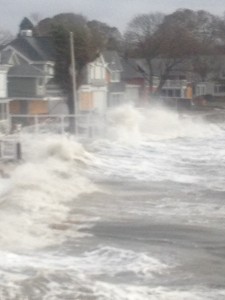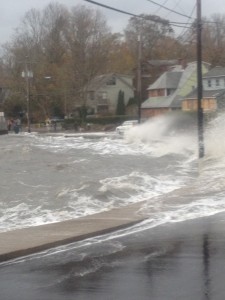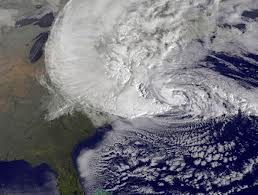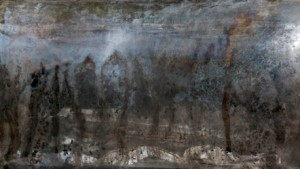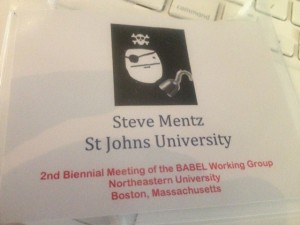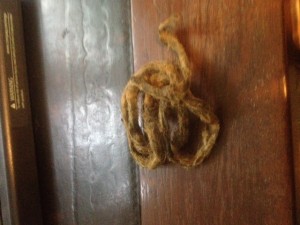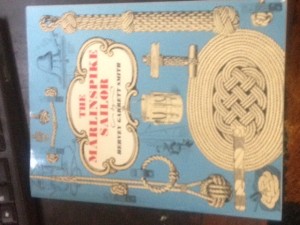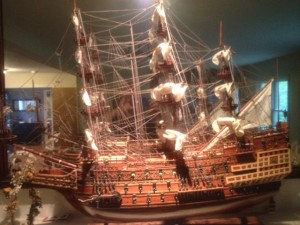What to do with a problem like periodization? How can we historicist literary types do justice to both the messy abundance of the past and our professional habit of transforming it into period-centered narratives?
I’ve been enjoying some lively periodic-chatter over the past three days, starting with Jeffrey Cohen’s short essay on the problems with “early modern”, to which I made a few comments & was joined by the always inspiringly polyglot Jonathan Hsy. Then came a Facebook flutter over a smart hatchet job in the LA Times Book Review of Greenblatt’s The Swerve, which ends with a utopian wish for a non-telological “history without transitions.” I don’t like cartoon versions of post- Middle Ages historical change any more than anyone else, — they don’t serve early modernists any better than they do medievalists — but I do like transitions, and don’t think we can do without them. We just need better, messier ones than the ones we’ve inherited.
The conversation continued yesterday with Rick Godden’s response to both the above links, with coda in favor of Hinch’s transitionless history. “I can think of worse things,” says Rick. Today Jeffrey’s taken to the twitterverse, insisting that Greenblatt give back his awards from The Swerve. (It really is a revolutionary medium…)
Without in any way defending heroic conceptions of early modernity that insist on leaping high by stomping on medieval plurality, I don’t want history without transitions. I like plurality, multiplicity, radical difference, but I also want narratives of change, transformation, discontinuity. I think both those things are historically true, in terms of recoverable facts and records of human experience. But how to have both at once?
Two quick ideas about different ways to do periodization:
1. Historical transitions are myths at least as much as history. The felt shape of historical change, as recorded in many different cultural forms, responds to but also itself re-shapes historical experience. The idea of a “break” into early modernity doesn’t fit recorded facts, but it does express a lasting fantasy about patterns formed by accumulated historical events. Greenblatt didn’t invent that myth any more than Petrarch did. I don’t think either of their versions of the break does full justice to the historical record — I prefer shipwreck as a representation of early modern cultural change — but myths are always grist for our interpretive mill.
2. Always periodize — at least twice! With apologies to Jameson, we need periods and transitions, but also need to remember that we should not believe in them too much, that they always do some violence to the full (unknowable) plurality of historical experience. So what about a double (or more) system of periodization, which might be as simple as recognizing that all 21c critical work responds to 21c claims (“presentism”) as well as the demands of historical sources, or as sophisticated as remembering that historical periods never end in any conclusive way, that cultural habits of responding to historical stimuli layer themselves atop and alongside each other, intersecting and accumulating and recombining. With legible but messy transitions.

